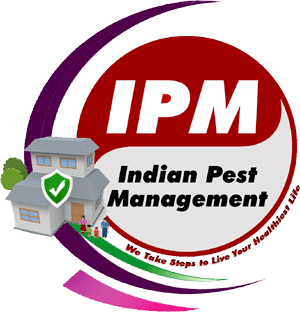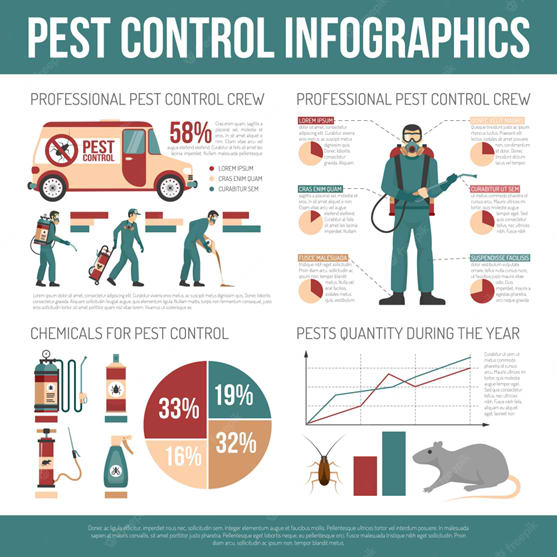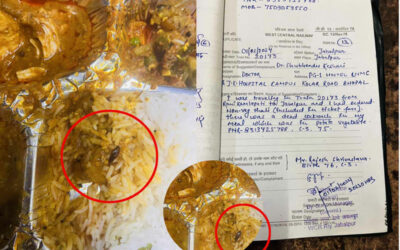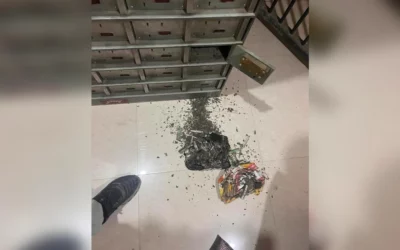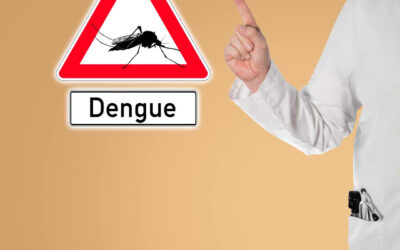Pest control measures in manufacturing businesses and factories play a vital role in minimizing the risk of diseases, structural damage, and contamination. It is important to have an effective plan in place to manage any pest infestation. Manufacturers face several types of pests in their day-to-day operations. These pests are a threat to the business because they can contaminate products, reduce production output, and pose health risks to employees and visitors. To avoid these problems, manufacturers should take proactive measures to identify all potential entry points for pests, inspect new equipment before bringing it into your facility, monitor likely areas for pest activity regularly, and maintain clean environments throughout the facility. Here we discuss some best practices that can help you create an effective pest control plan at your manufacturing plant.
Create a Pest Control Plan
You can begin your journey towards an effective pest control plan by effectively planning your activities. Create a plan that lists the pests that are common to your area and the damages they can cause, the entry points of pests, and the preventive measures you can take to address the issue. The plan should also include the type of monitoring and inspection you need to conduct, the best places to install pest control devices like traps, where you can install inspection cameras, and what type of insecticides you can use to control pests.
Monitor the Premises and Identify Entry Points
The first step towards effective pest control at your manufacturing plant is to closely monitor the premises and identify all entry points where pests can enter the area. This will help you identify the pests and stop them from entering the facility. Using monitoring devices such as inspection cameras, you can scan areas that are difficult to reach such as ceilings, rafters, ledges, and walls. You can also use these devices to scan sensitive equipment like machinery to identify pests that can cause damage to them. You can also use sticky traps to monitor the pest population in your facility. These traps catch pests like rats, mice, and insects like roaches, flies, and mosquitos. You need to place these traps in areas where pests are likely to travel such as corners, behind equipment, and near walls and doors.
Identify Pest Species in Your Area
Once you know the entry points, you can begin to identify the pests that can enter the facility. This will help you take effective measures to protect against those pests. For example, if you are located near a wetland and water bodies, you are likely to face mosquito infestation. So, you need to use insecticides and other control measures to prevent a mosquito infestation. Similarly, if you are located near agricultural areas, you may face issues with rodents like mice, rats, and chipmunks. You need to address these issues promptly to avoid rodents from entering your facility.
Install an Effective Monitoring System
Once you have identified the pests that can enter your facility, you can install an effective monitoring system in areas where the pests are likely to travel. These places include the walls, corners, and ledges. You can install a variety of devices such as crack and crevice devices, wall devices, dust monitors, and floor monitors in these areas to trap the pests. This will help you identify the pests and their types. You can also use monitoring devices like sticky traps and glue boards to trap pests. You can also install an ultrasonic device that produces high-frequency sound waves to repel pests like rodents and rodents. These devices emit sound waves in the frequency range that is intolerable to pests.
Install an Effective Prevention System
Once you have identified the pests and the entry points, you can take preventive measures to prevent the pests from entering your facility. You can use sealing techniques to seal the cracks and gaps that can let pests enter the facility. You can also use chemicals like insecticides, rodenticides, and pesticides to reduce the pest population. You can also use sticky traps and glue boards to collect pests like roaches, flies, mosquitoes, and rodents. You can also use traps to collect pests like rats and mice. So, whenever the pests walk over the traps, they get stuck to the traps and can be collected.
Maintain a Clean Environment
A clean environment is one of the most effective pest control measures. You need to regularly clean up the facility and dispose of all the trash and waste to prevent pests like roaches and rodents from nesting in them. You can also install trash cans with tight-fitting lids and use cleaning chemicals to clean the facility regularly. Cleaning the facility regularly using cleaning agents can kill pests and prevent the pests from returning. You can also use natural pest control methods such as herbs and plants that pests dislike to control pests. You can also use alternative pest control methods like ultrasonic pest repellents to keep pests away.
Invest in Quality Insecticides
Once you have installed an effective monitoring system and started taking preventive measures to control pests, you can also use effective insecticides to kill pests. You can use residual insecticides to kill pests like roaches and other insects that walk over the pesticide-soaked surfaces. You can also use contact sprays to kill pests like mosquitoes and flies that land on surfaces that contain insecticides. You can also use residual sprays to kill pests like rats, mice, and other rodents. You can also use pellets to kill pests like termites.
Pest Control Measures — Conclusion
Pest control measures are essential to maintaining a clean, healthy, and safe environment at a manufacturing plant. You can effectively control pests by creating an effective pest control plan, closely monitoring the premises, identifying the pests, and taking preventive steps. You can also use insecticides to kill pests like roaches and rodents. You can also use natural pest control methods to keep pests away.
